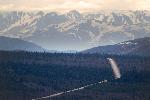
Alaska State Flag
Alaska became the forty-ninth state of the United States in 1959. Alaska is by far the largest state, but only two states have less population. The state has experienced booms in furs, fishing, whaling, gold, and oil. Juneau is the state capital. Children can visit an Internet site at: Alaska. Idea: Children could research Alaska more and try to predict its next economic focus.
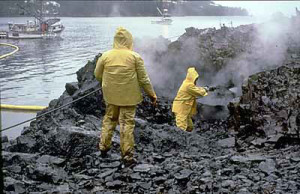
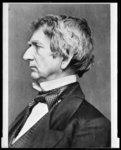
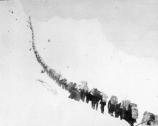
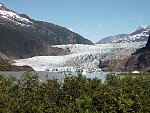
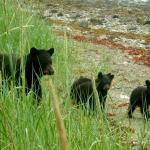 Glacier Bay National Park and Preserve was formed in 1980. Visitors can view tidewater glaciers and both brown and black bears at this 3.3 million acre park in Alaska. Children could visit the National Park website that provides outstanding etours, children’s activities, and even coloring sheets at:
Glacier Bay National Park and Preserve was formed in 1980. Visitors can view tidewater glaciers and both brown and black bears at this 3.3 million acre park in Alaska. Children could visit the National Park website that provides outstanding etours, children’s activities, and even coloring sheets at: 